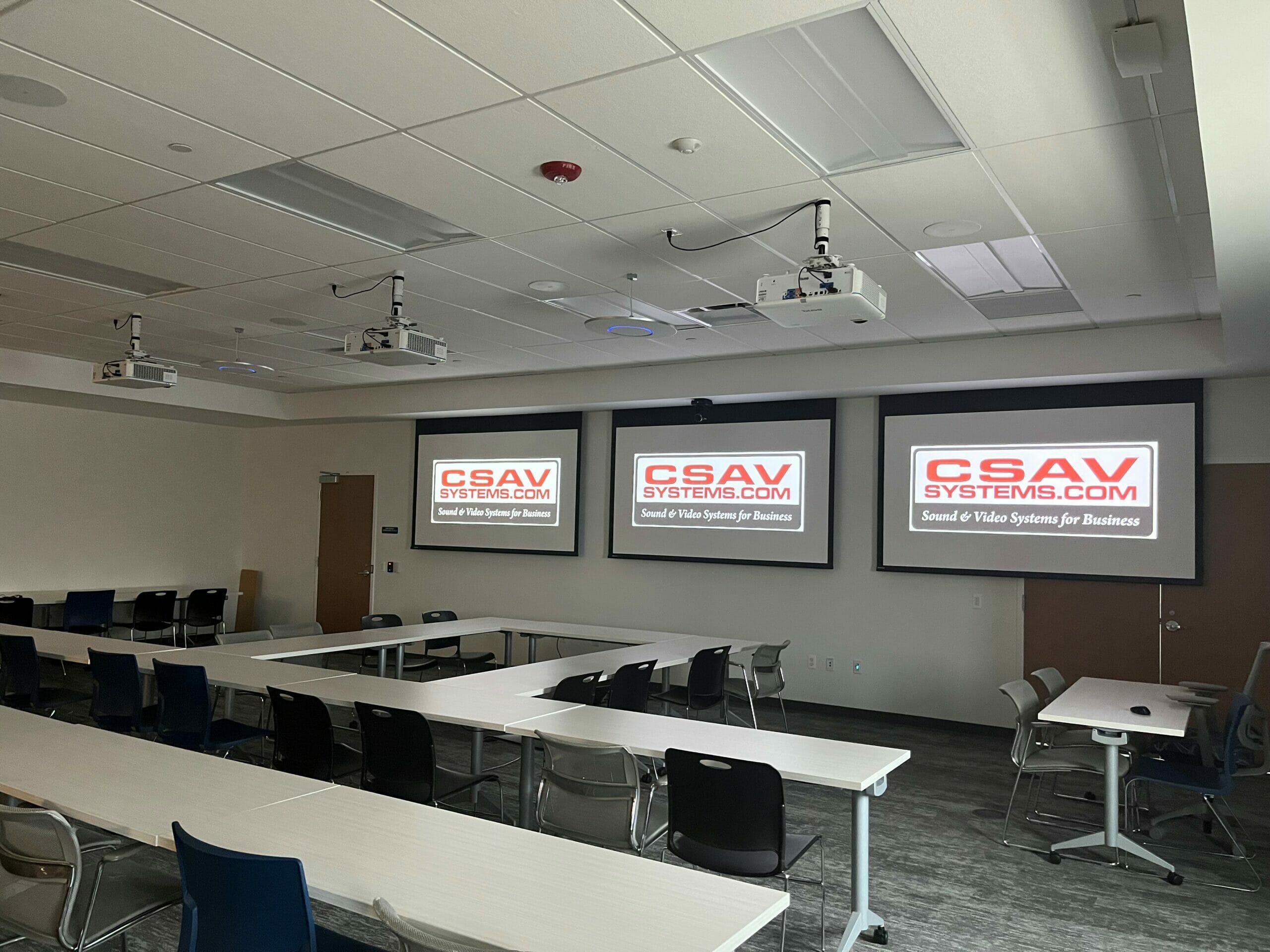A single key advantage of audio over IP systems is its capability to connect various devices and systems seamlessly. Traditional broadcasting frequently relied on complex cabling and physical links, which could be burdensome and limited. With AoIP, broadcasters can readily interface mics, mixers, and additional devices through a common network. This convergence allows for remote broadcasting and live transmissions from almost any location, making it simpler to reach audiences across the world. As a result, broadcasters can react quickly to current events and listener demands, leading to more vibrant and engaging content.
Additionally, AoIP technology facilitates superior audio formats that improve the auditory encounter. Unlike traditional broadcasting techniques, which may compromise sound standards, audio over IP can maintain the purity of the audio signal during the delivery process. This implies that listeners can enjoy clearer and more detailed sound, whether they are listening in via terrestrial radio, streaming over the internet, or employing portable devices. The ability to deliver premium audio is especially important for music and talk shows, where every detail matters to the audience.
Moreover, the implementation of audio over IP technologies can lead review to cost savings for broadcasters. By using existing network infrastructure, organizations can remove the need for expensive hardware and extensive cabling. This not only reduces upfront costs but also lowers maintenance expenses over time. Broadcasters can allocate resources more efficiently, investing in production and human resources development. As a result, the entire broadcasting industry can gain from increased innovation and creativity, as funds are redirected toward improving programming and engaging with listeners.
In conclusion, the shift towards audio over IP technologies is transforming the broadcasting landscape. By enabling smooth links, enhancing audio quality, and reducing costs, AoIP is clearing the path to a better integrated future in media. As media organizations continue to adapt to these changes, they will be better equipped to meet the needs of their listeners, produce compelling content, and remain competitive in an ever-evolving industry. The prospects of broadcasting is promising, and audio over IP will play a crucial role in defining the manner in which we interact with audio programming in the future to follow.
